Promotional Bone China Mugs
Branded bone china mugs are a typically English type of mug. Bone china is porcelain containing bone ash and has been made in Britain since about 1800. The clay used is of the highest quality and the finished product has a smooth surface and is lighter and thinner than a ceramic or earthenware mug. Our bone china mugs are easy to clean and durable and provide a great product onto which to print your logo and imprint. Bone china mugs really do make a fantastic impression and are ideal for offices, meeting rooms, hotels and restaurants, cafes and tea houses where a branded mug like this can create a very good impression. Please let us know if you need a sample or visual to see how your logo would look on this mug.
Bone China Pottery
Bone china is a type of porcelain. It is made from mixing the clay used for porcelain with bone ash, minerals and kaolin. Bone china is stronger than porcelain in terms of mechanical and physical strength and is less likely to chip. Bone china is bright white and translucent due to the properties of the minerals added during the mixing process.
Bone china was invented in the UK and was for many years a purely British product with a centre of excellence focused around Stoke-on-Trent in the Midlands. Here many world famous brands made their pottery and bone china products and many still exist to this day including Masons, Coalport, Royal Crown Derby, Doulton, Wedgwood and Worcester. Today promotional bone china mugs products are also manufactured in Japan, China, Bangladesh, India, Indonesia, Iran , Sri Lanka, Thailand and the United States.
Manufacturing Process
The manufacturing process for promotional bone china mugs is similar to that of porcelain. More care has to be taken during the manufacturing process as them clay mixture has less plasticity and a narrower vitrification range; the point at which materials glaze. The bone ash used is generally made from cattle bones and ones with a low iron content. The kaolin added gives the mixture plasticity allowing it to be more easily moulded and shaped. The clay mixture is then heated in an over to 1200degrees Centrigrade.






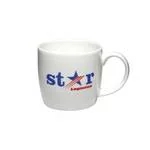

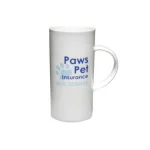
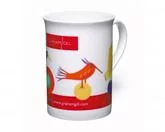
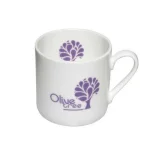

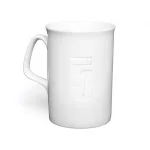

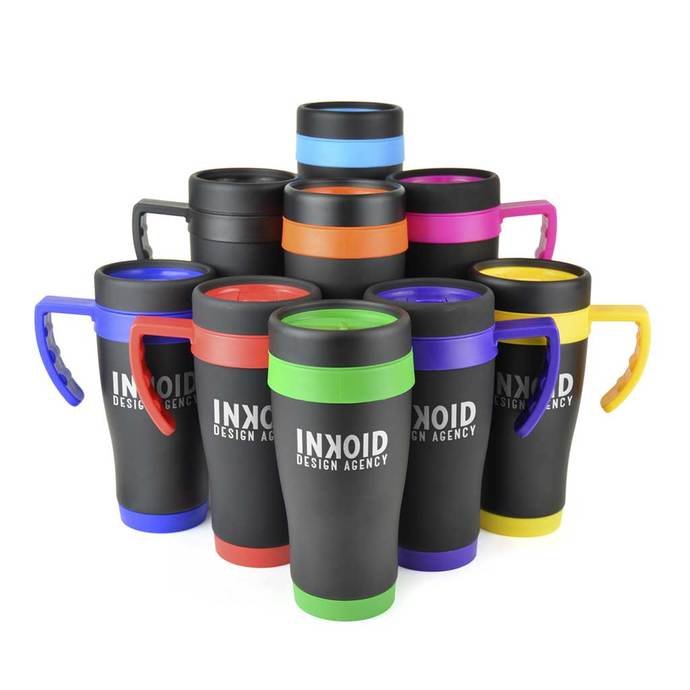
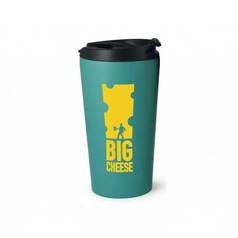)







